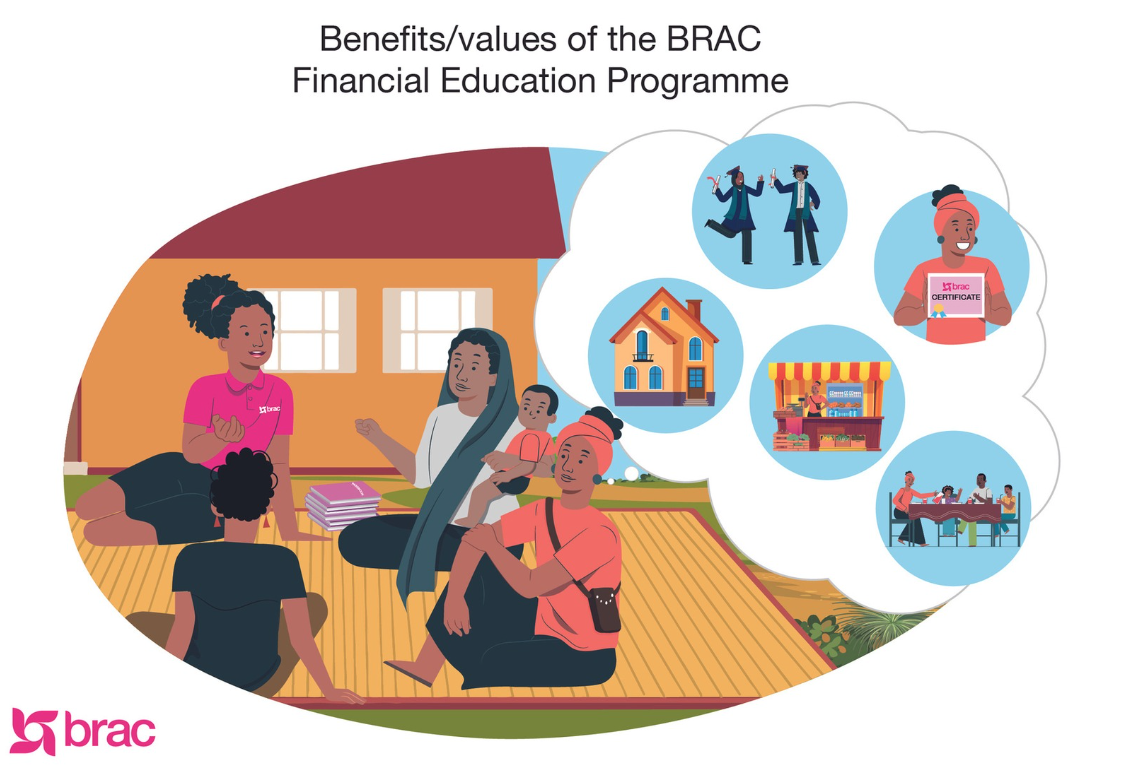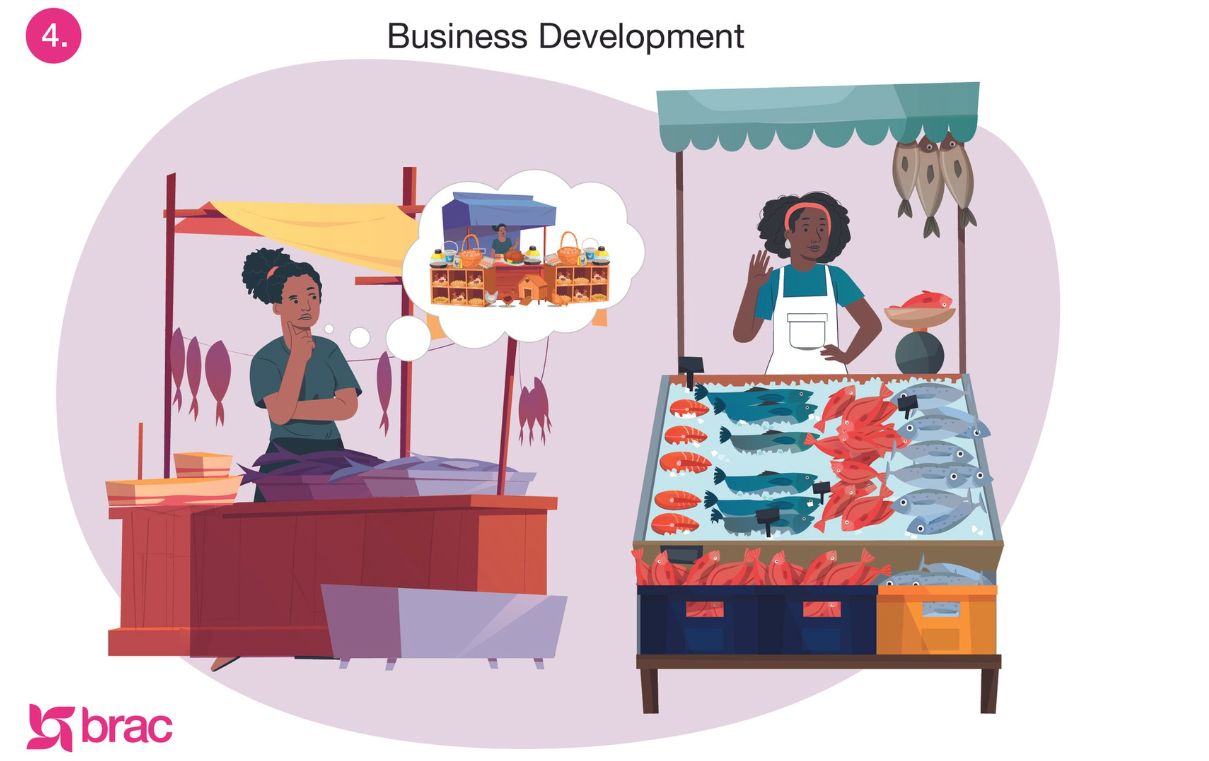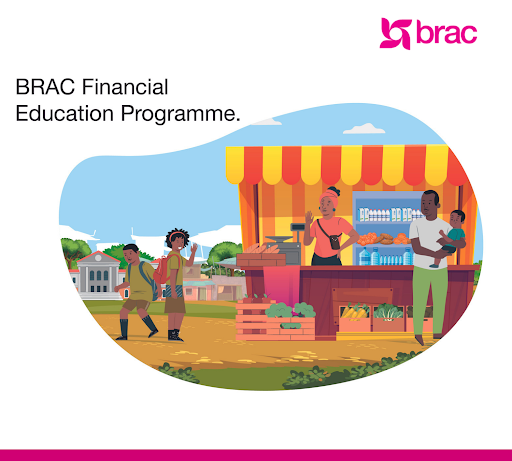The Ask

BRAC International sought assistance in developing Financial, Digital Literacy, and Social Empowerment Training materials tailored for microfinance group loan clients in five countries (Tanzania, Uganda, Rwanda, Sierra Leone, and Liberia). They needed a design agency/consultant to conduct ethnographic research to better understand the target users’ environments and create relatable illustrations. The goal was to ensure that the training materials were not only effective but also aligned with the users’ realities, improving their financial knowledge, attitudes, and skills. Usability testing was required to ensure that the materials were easily understood and actionable
The Observation
The ethnographic research revealed that the target users, especially in rural areas, faced significant barriers to financial literacy due to limited access to banking services and lack of education. Their exclusion from financial markets made them vulnerable to higher transaction costs, large debts, and high-interest rates. However, the research also showed that these users were eager to learn and improve their financial situations, with a strong desire for tools that are simple, practical, and relevant to their everyday experiences. Usability testing confirmed that when the curriculum was designed with relatable content and visual aids, users found it easier to grasp complex financial concepts and apply them to their lives.The Process

Our approach began with an immersive field study in Kenya, Rwanda, and Sierra Leone to gain a deep understanding of the target users’ environments. We spent time observing their daily lives, gathering insights into the various factors that influenced their routines, decision-making, and financial behavior.
To create a curriculum that truly resonated with the users, we evaluated their pain points, frustrations, constraints, as well as their goals and aspirations. These insights were carefully mapped against BRAC’s goals and objectives for the digital financial literacy curriculum to ensure alignment with the broader mission.
Collaboration with local communities was crucial to this process. We worked closely with locals to gather valuable insights that informed the development of illustrations and content that were not only relevant but also culturally and contextually appropriate for the users.
Finally, the redesigned curriculum was rigorously tested with the target users, allowing us to validate its effectiveness and make refinements based on real-world feedback. This user-centered approach ensured that the curriculum was both practical and impactful, addressing the specific needs of the communities it was designed for.
The Outcome

Re-designed financial literacy curriculum customized to the different countries based on the social, cultural, religious, literacy levels and other societal influences.
